At Park Spring we want children be creative and innovative through design. They will be able to create purposeful products that solve real and relevant problems within a variety of contexts, considering their own and others’ needs, wants and values.
DESIGN & TECHNOLOGY Units of WorkDT NC
Design Technology at Park Spring starts in the Early Years. Throughout the year children work towards meeting the following objectives below.
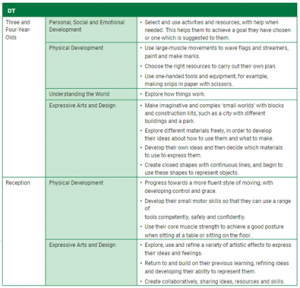
Children have access to a junk modelling area where they can practise using different types of adhesive. In areas of provision they have access to one handed tools such as scissors and are encouraged to use them independently. At Park Spring we have a malleable area where the children can experiment with colour, texture, design, form and function.
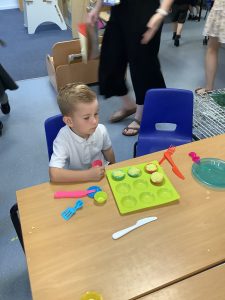
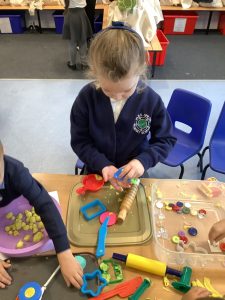
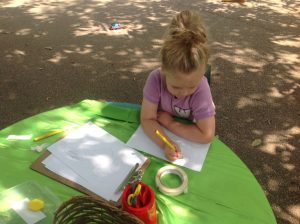
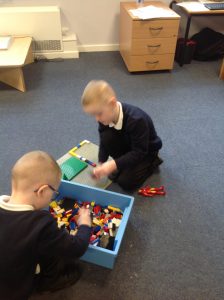
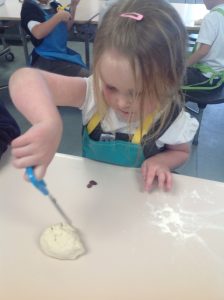
In Year 1 in Design Technology the children will answer 3 learning questions.
‘What makes a Christmas Card sell?’ in this learning challenge they will learn how to create pop up cards using a V fold mechanism.
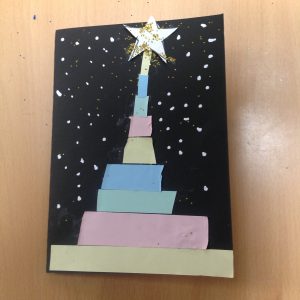
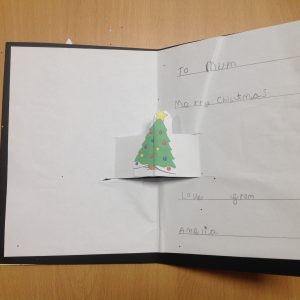
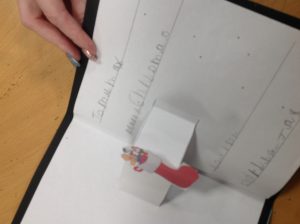
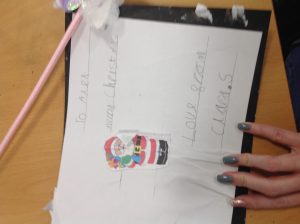
‘Will your model cause the Great Fire of Park Spring?’ in this learning challenge they will focus on using appropriate adhesive.
To begin the children looked at features of houses and learnt to label and name the parts. They drew house designs and decided on the equipment they would need. They then learnt how to safely cut out windows, securely add attach a chimney to cardboard and make a hinge door. They were then ready to make their own house following their design. Once built they were ready to burn them in the Great Fire of Park Spring.
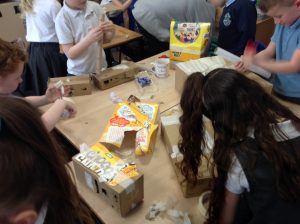
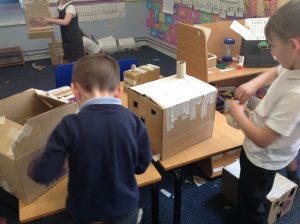
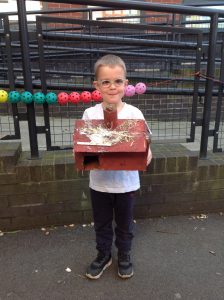
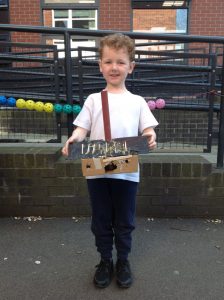
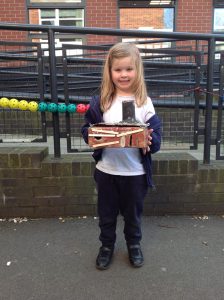
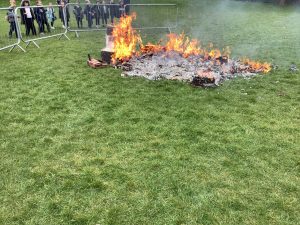
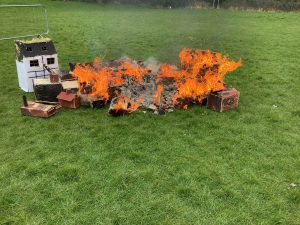
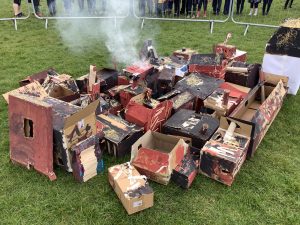
‘How many features will your bonkers zoo animal be made of?‘ in this learning challenge they will focus on planning using words and pictures and giving feedback about how to make their structure stronger.
In addition to the Year 1 DT learning questions, children also take part in a DT outdoor learning day linked to the Great Fire of London. This focuses on how to make structures stronger and team work.
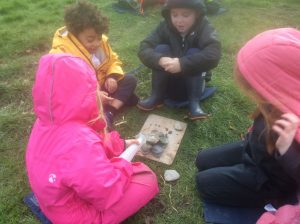
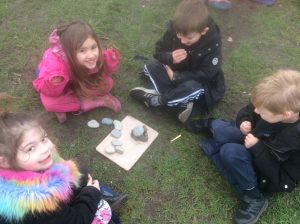
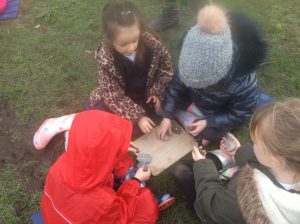
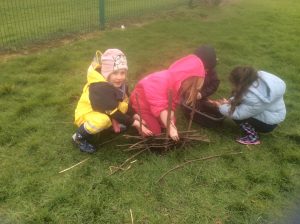
Year 2
In Year 2 in Design Technology the children will answer 3 learning questions.
‘How do we keep our luggage safe when travelling?‘ in this learning challenge the children will learn to make a product using running stitch.
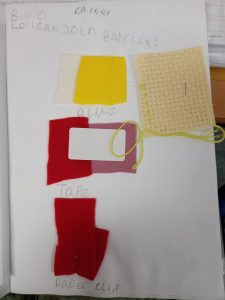
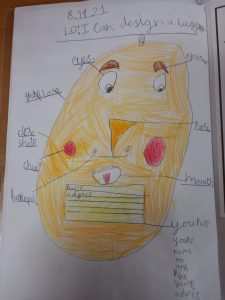
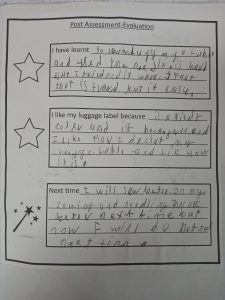
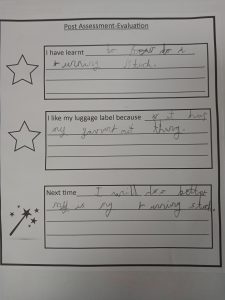
‘Which type of stitch is best to create a Victorian bookmark?‘ in this learning challenge the children will learn to cross stitch and focus on creating a design to suit the user.
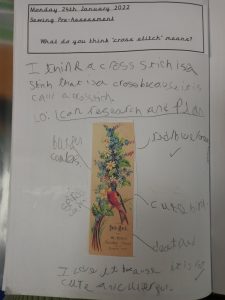
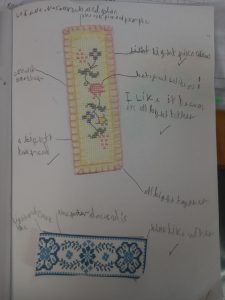
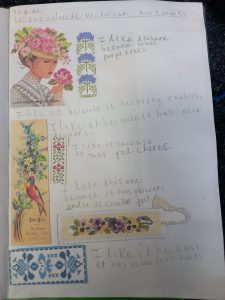
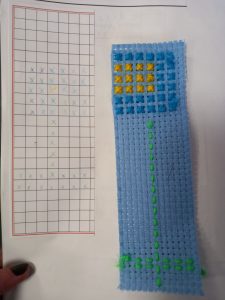
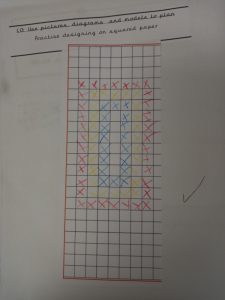
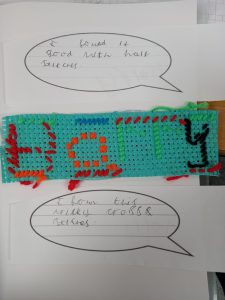
‘How many linkages do you need to make a bee fly?‘ in this learning challenge the children learn how to make a gift that includes a slider, lever or linkage that will make a part of their design move.
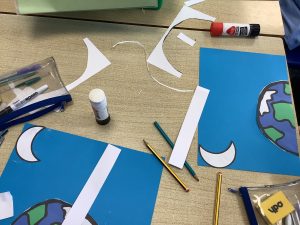
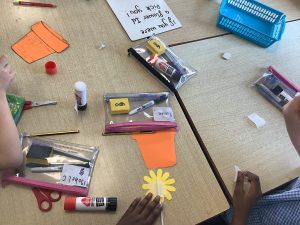
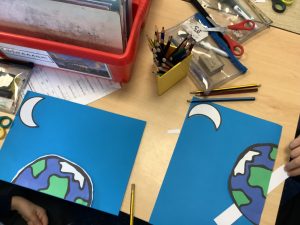
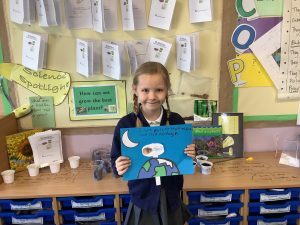
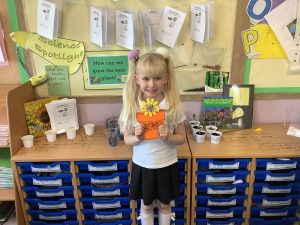
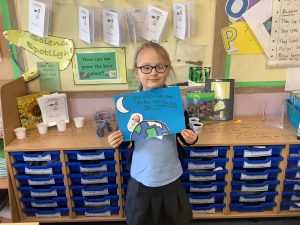
Year 3
In Year 3 in Design Technology the children will answer 3 learning questions.
‘Is a v-fold mechanism or an internal stand mechanism most desirable in a card?‘ During this learning challenge the children build on their knowledge from Year 1 of V-fold mechanisms and learn a new type of mechanism called an internal stand. The children began by researching existing products for design ideas, they then thought about which images their card receiver would like and recorded ideas in a list with reasons. Next they practised making a v fold and internal stand mechanism. They then designed their card and enjoyed making the end product ready to give to their mum or carer for Mothers day.
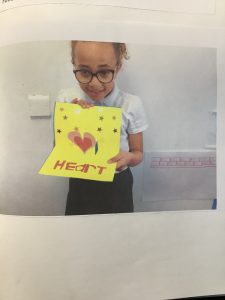
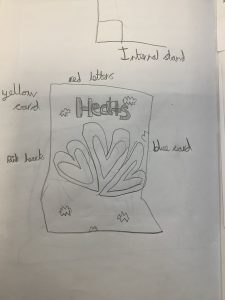
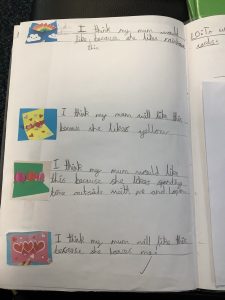
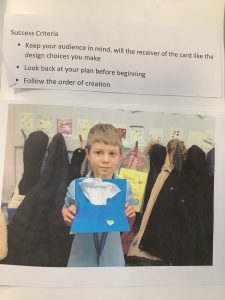

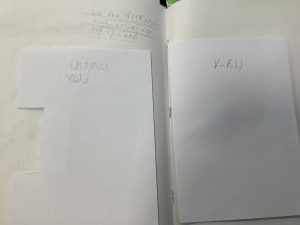
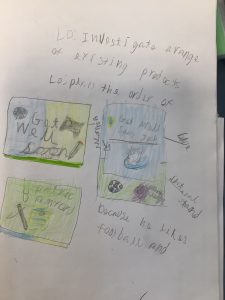
‘Which is better pen and paper vs digital sketching?‘ In this learning challenge the children learn to use a 3D software programme called 3D slash. The children enjoyed learning how to use the software tools e.g. adding bricks and removing them, adding colour and creating 3D images such as houses, dragons and flowers.
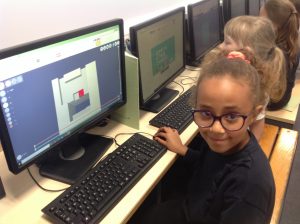
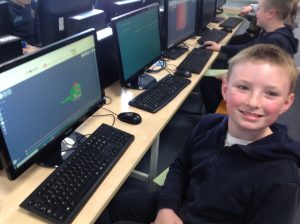
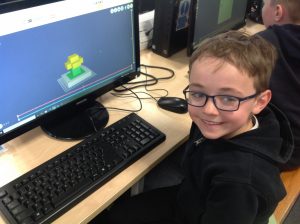
‘Will a vehicle use more force with fixed axles and moving wheels or moving axles and fixed wheels?‘ In this learning challenge use their Science knowledge of forces and apply them to create a vehicle design that includes axles.
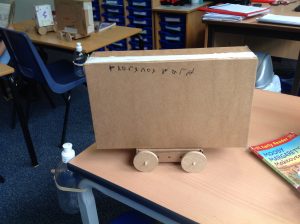
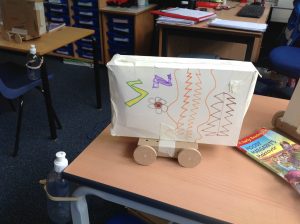
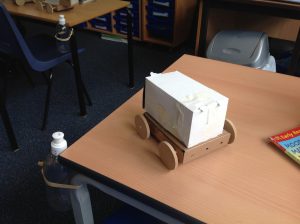
Year 4
In Year 4 in Design Technology the children will answer 2 learning questions.
‘Which Greek God would need the most linkages to make move?‘ In this learning challenge the children build upon their Year 2 knowledge of linkages and levers, creating a Greek God with moving parts. For example a flame throwing arm.
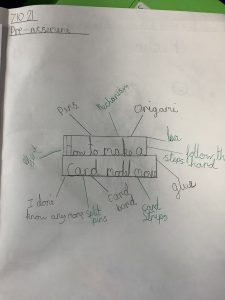
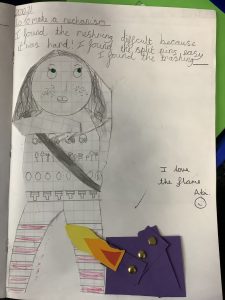
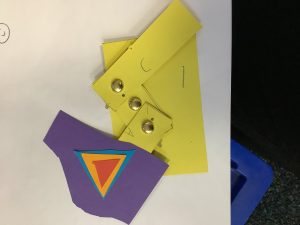
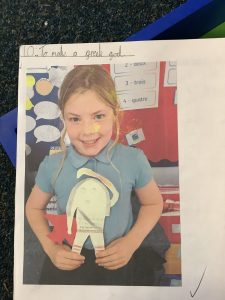
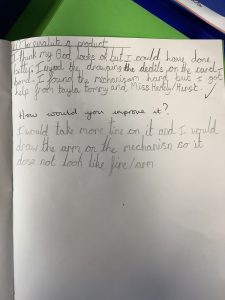
‘What features of a night light will make a toddler sleepy?’ In this learning challenge the children make links to their Science Electricity knowledge and create a night light casing that will hide the electric components and focuses on making the product appealing for the buyer by researching the buyers needs.
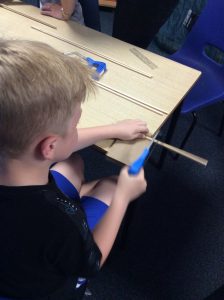
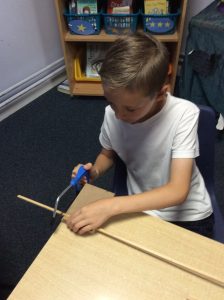
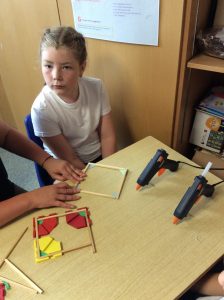
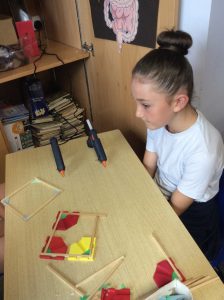
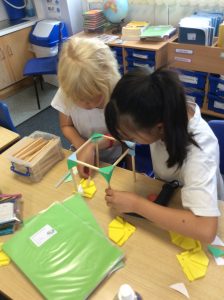
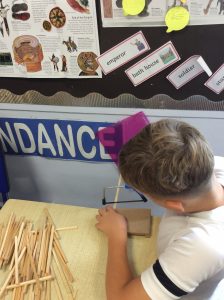
Year 5
In year 5 the children will answer 4 Design Technology learning questions.
‘Which combination of pulleys or gears will make the vehicle travel fastest?‘ This learning challenge links to the year groups Science knowledge of ‘Pulleys and Gears’, with the aim of making a product that relies on either pulleys or gears. They will need to create a annotated step by step plan and discuss how to make an alternative plan if they are unsuccessful.
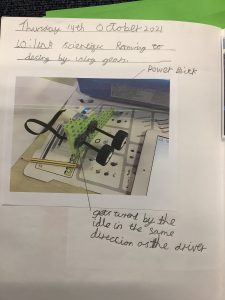
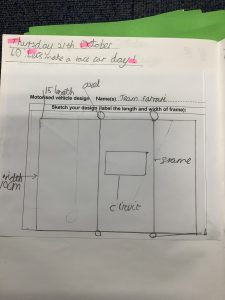
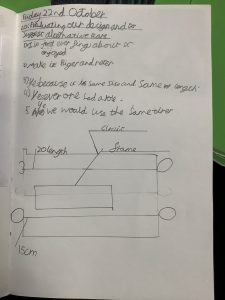
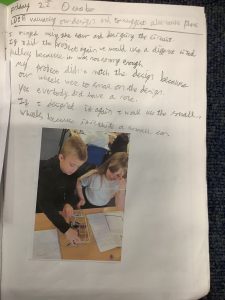
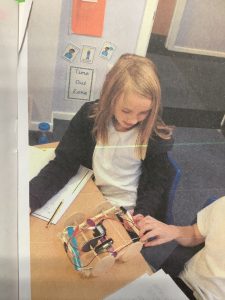
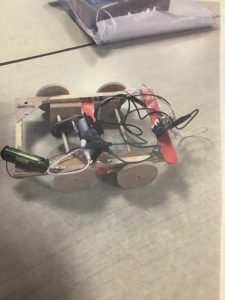
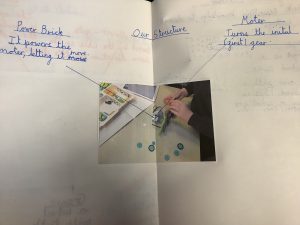
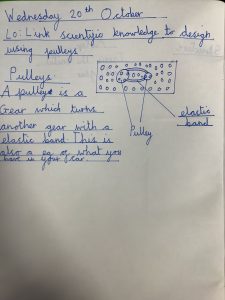
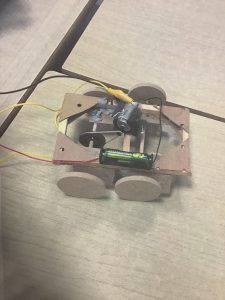
‘How many varieties of bridges do you think are in the world?‘ In this learning challenge the children will learn how key individuals in Design Technology shaped the world. The key individual in this piece of learning is Isambard Kingdom Brunnel, a famous bridge designer.
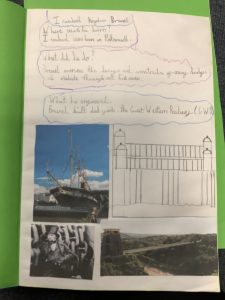
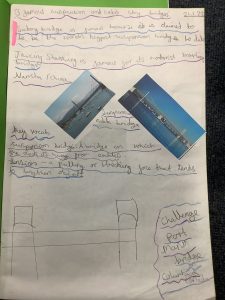
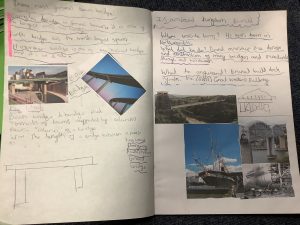
‘Is it possible to sew a river using only back stitch?‘ In this learning challenge the children build on their sewing knowledge from Year 2 and learn a new type of stitch, back stitch as well as revisiting running stitch.
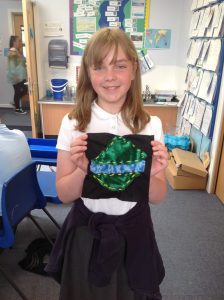
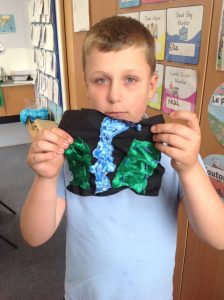
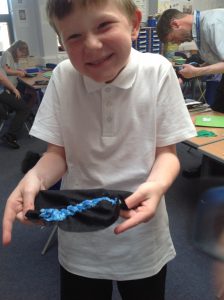
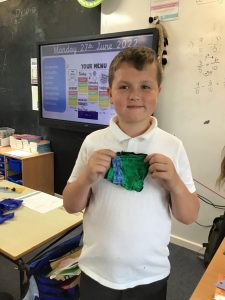
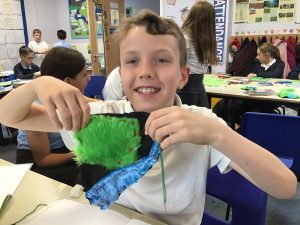
Year 6
In year 6 the children will answer 3 Design Technology learning questions.
‘How could an alarm affect the safety of the vehicle?‘ In this learning challenge the children build on their Science Electricity knowledge learning how to incorporate switches and buzzers into a design, with the aim of making a end product of an alarmed vehicle.
‘Why is Thomas Heatherwick known as the Pied Piper?‘ In this learning challenge children will discover how key individuals in Design Technology shaped the world. Thomas Heatherwick is a famous UK designer that has audiences eating out of his hands with his eye catching designs and use of a range of materials.
‘Are bird boxes good homes for birds?‘ In this learning challenge the children learn to cut, shape and join wood using appropriate joining techniques that include using nails, hammers and handsaws. To begin they will learn how to draw an exploding diagram and to finish the learning challenge they will learn about finishing techniques such as varnishing and painting.